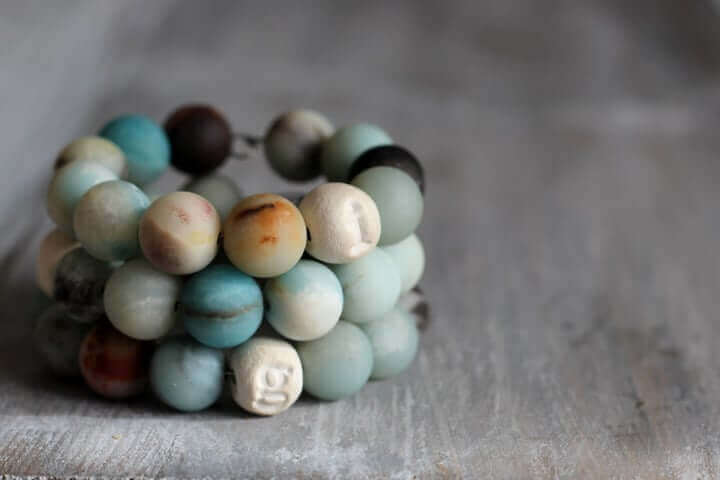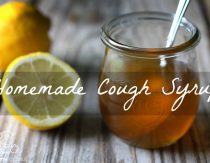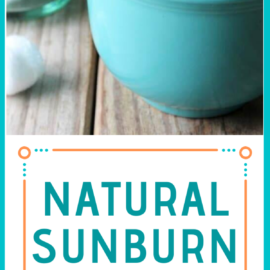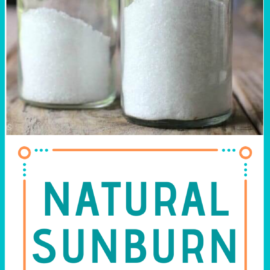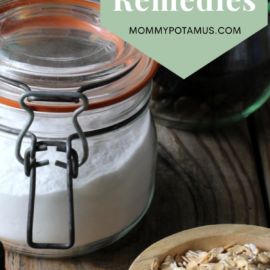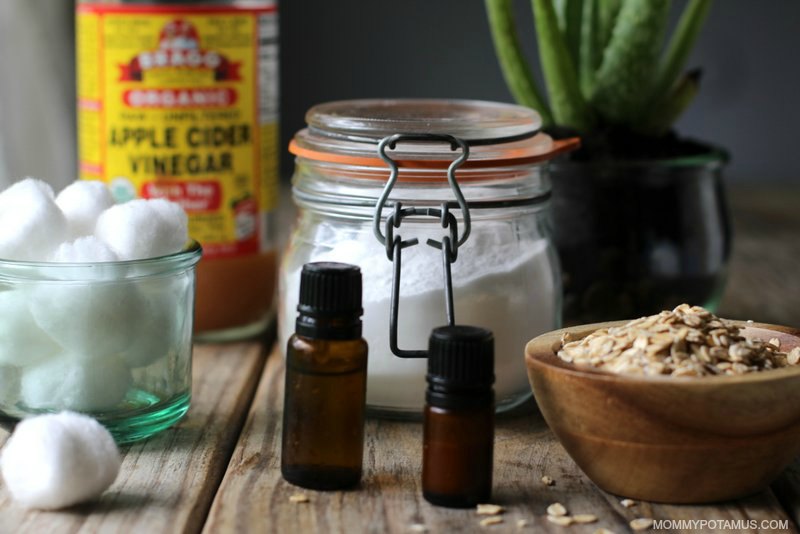
‘
Natural sunscreen? Check! Long-sleeved swim shirts, hats, and a shady place to sip on fruit-infused water? Check, check and check! Whether it’s a trip to the beach or just time in our backyard, I’m very conscious about finding the “sweet spot” when it comes to time in the sun.
That’s because while too much sun exposure is definitely not good, neither is avoiding the sun entirely.
In this study– which tracked 30,000 Swedish women for 20 years – researchers found that those who avoided the sun had a twofold higher risk of early death than the group that got the most sun exposure. That’s not to say that overexposure is a good thing – it’s definitely something to avoid. With that said, sometimes sunburns happen, and with that in mind I’ve collected some sunburn home remedies just in case they’re needed.
14 Home Remedies for Sunburn
The sunburn remedies below come from respected doctors and herbalists. I’ve included links to studies that support their use along with explanations of why they work where applicable. I hope you find it helpful!
Note: Though the Mayo Clinic says most first and second degree burns can be treated at home, severe sunburns should be treated professionally. Please do not use any home remedies on serious burns.
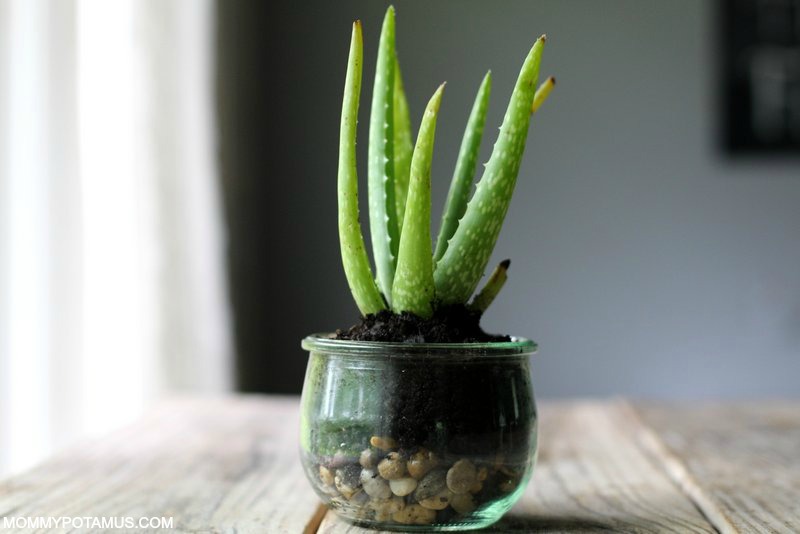
Aloe Vera
My grandmother’s favorite “owie balm” was a freshly plucked leaf from her aloe vera plant – turns out she was onto something!
According to Dr. Ian Tizard, a professor of immunology at Texas A&M University, aloe vera “comes out of the plant like a clear liquid, but when it touches human skin, it becomes a gel. It acts as a wound sealant in this gel state, and no other plants do so.” (1)
Apparently aloe contains a polysaccharide that is found in lots of plants, but it somehow works differently in this case.
“It seems to bind growth factors in wounds whereas normally they would be destroyed. Aloe vera polysaccharide seems to speed along the healing process much quicker,” he says.
Fresh aloe is preferred, because as the World Health Organization puts it aloe is sensitive to “enzymatic, oxidative, or microbial degradation.” (2) According to their medicinal plants portal, aloe vera gel “has been effectively used in the treatment of first- and second-degree thermal burns and radiation burns. Both thermal and radiation burns healed faster with less necrosis when treated with preparations containing Aloe Vera Gel (18, 19).”
If you’ve never grown fresh aloe, it’s very easy. Just keep it in a sunny window and follow these watering/repotting instructions.
To use: Break open a leaf and rub on skin.
Honey
As I mentioned in this post on remedies for small minor burns, there is a lot of research that supports the use of honey for soothing common kitchen burns, sunburns and more.
The sticky stuff’s been used as a topical burn salve since Egyptian days. ‘Studies suggest it may work better than some antibiotic creams at speeding up healing, reducing infection, and minimizing pain,’ says Kathi Kemper, M.D., author of The Holistic Pediatrician.” (3)
It’s not my first choice for larger body application simply because it’s sticky, but it’s an option.
To use: This 100% manuka honey is sterilized specifically for use with burns.It should be applied to the affected area and then covered with cotton gauze.
Witch Hazel
Made from the bark from the witch hazel tree, this extract is high in tannins that soothe sunburned skin. (4) I prefer this brand because they double distill their extract – the final extract contains 86% organic witch hazel. They also use less alcohol than other brands, which makes it more gentle.
How to use it: Place in a spray bottle and spray the affected area, or apply using a soft washcloth or cotton balls.
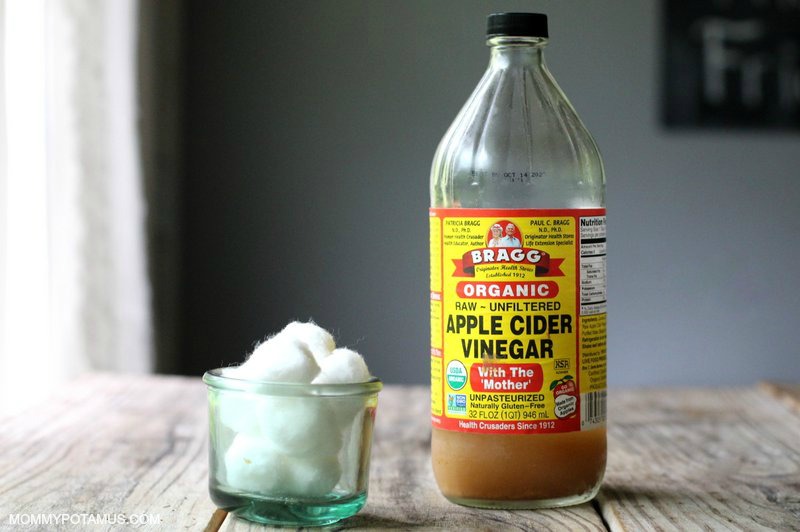
Apple Cider Vinegar
Though there is not a consensus on why this helps, this study did conclude that apple cider vinegar supports healing after a burn. Some say it is because the apple cider vinegar restores damaged skin’s pH, while other’s say it’s due to the high percentage of “pectin, succared, vitamins (B1, B2, B6) (A, E, C), salt, mineral[s such as] as (sodium, calcium, magnesium, aluminum, phosphor, cobber, [and] silicon).” (5)
White vinegar is also considered helpful.
How to use it: One method is to add one cup of apple cider vinegar (or white vinegar) to tepid or cool bath water. Other methods include diluting it (either 1 part vinegar to 2 parts water, or equal amounts of vinegar and water) and spraying it directly on the skin, on or applying it as a cold compress with a soft washcloth.
Essential Oils
According to Medical Aromatherapy, German chamomile* (Matricaria chamomilla L) and lavender essential oil (Lavandula angustifolia) are both helpful for soothing sunburned skin. Another excellent option is helichrysum italicum.
Peppermint (Mentha x piperita) and rosemary ct. cineole (Rosmarinus officinalis) can also soothe because they create a cooling sensation on the skin, but they should not be used with small children – you can learn more in this guide to using essential oils safely with kids.
If you don’t have any of those available, these are considered good second tier options:
- Carrot seed (Daucus carota)**
- Neroli (Citrus x aurantium) (6, 7)
How to use them: Some oils – lavender, chamomile and tea tree, for example – can be safely used undiluted on occasion, provided the area of application is small.
However, in this instance it is recommended that they be diluted along with the others – somewhere between a 1-2% dilution is considered appropriate. If you’re new to diluting essential oils, thats 1-2 drops per teaspoon of oil.
*Note: German chamomile should not be taken with certain drugs. See a list of them here.
**Note: Carrot seed essential oil should not be used during pregnancy or breastfeeding.
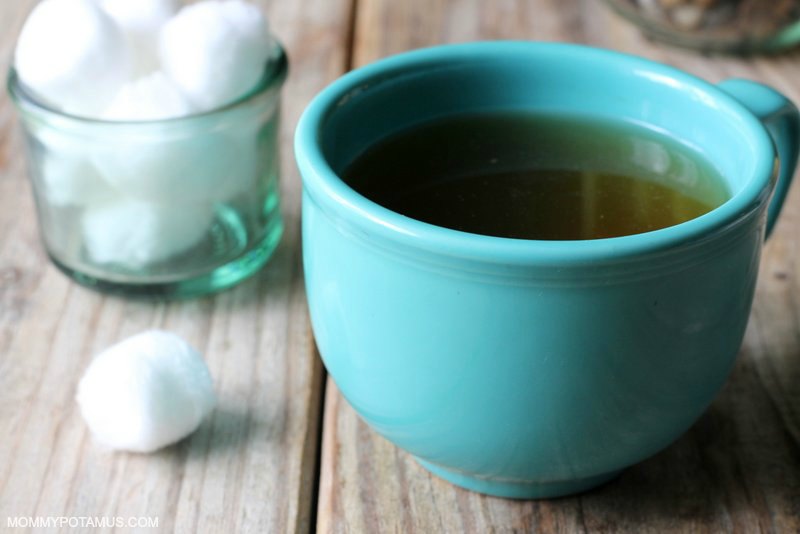
Tea
Green tea contains catechins and black tea contains tannins, both of which are considered cooling for sunburns. They also contain theobromine, which may help ease discomfort and support healing. (8)
Peppermint tea – which contains essential oils high in menthol – can also create a gentle cooling sensation.
How to use: Brew a strong cup of tea and allow to cool. Apply using a soft washcloth or cotton balls. You can also brew the tea, allow it to cool completely, and then place the tea bags directly on the affected area.
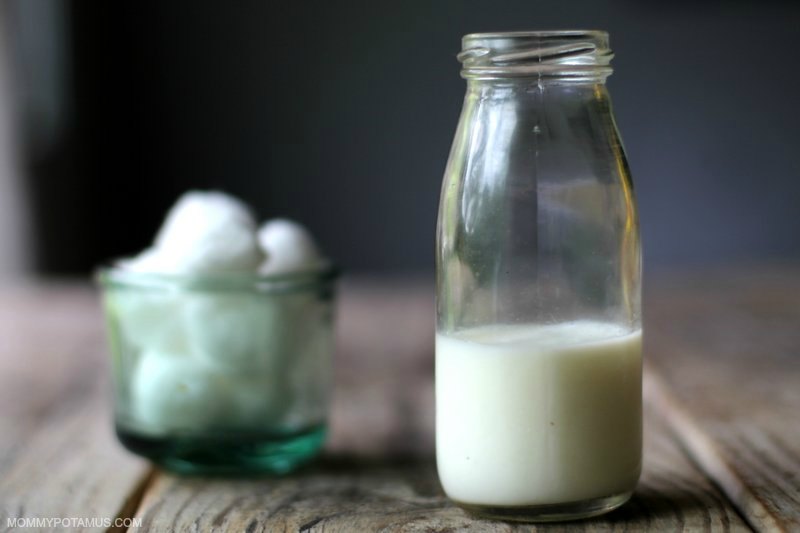
Whole Milk
According to John F. Romano, M.D., clinical assistant professor of dermatology at New York Hospital-Cornell Medical Center, the fat content of whole milk “makes it a great compress for sunburn pain.” (9)
How to use it: “Dip some gauze in whole milk and apply it to sunburned areas for about 20 minutes, repeating this process every two to four hours. Be sure to wash off the milk to avoid having your skin smell sour.” (9)
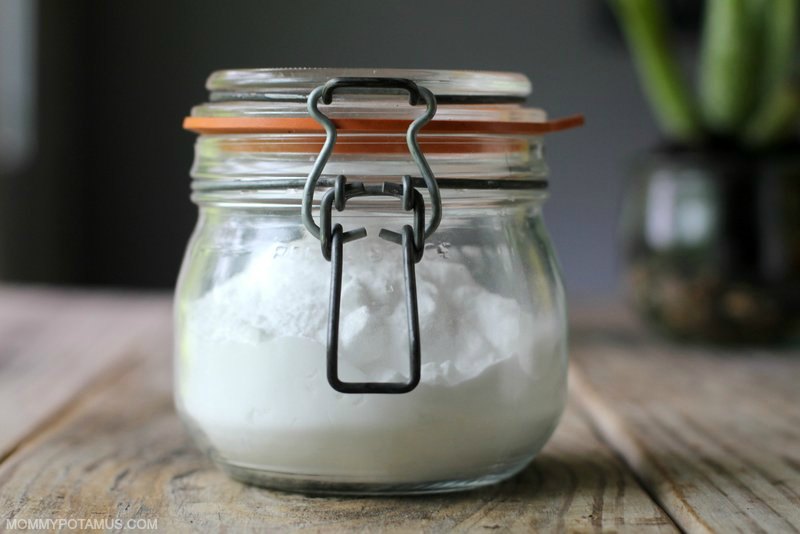
Baking Soda Bath
Seattle Children’s Hospital recommends 1/4 cup of baking soda in a bath to help with discomfort. Soap should be avoided as it can be irritating. (10)
To use: Add to tepid water and soak for 15-20 minutes, then allow skin to air dry or gently pat it dry. Bathe once or twice per day as needed. (Personal note: Because baking soda is alkaline and healthy skin has a slightly acidic pH, it might be a good idea to follow the bath with a diluted vinegar spray to balance skin pH.)
Plantain
This common “weed” (which is not related to the banana-like tree) is sometimes called the “band aid” plant. Due to the presence of iridoids, it has a very soothing effect on skin. (11) It also contains allantoin, which supports skin healing. (12)
To use: You can make it into a salve or apply the leaves directly onto the affected area.
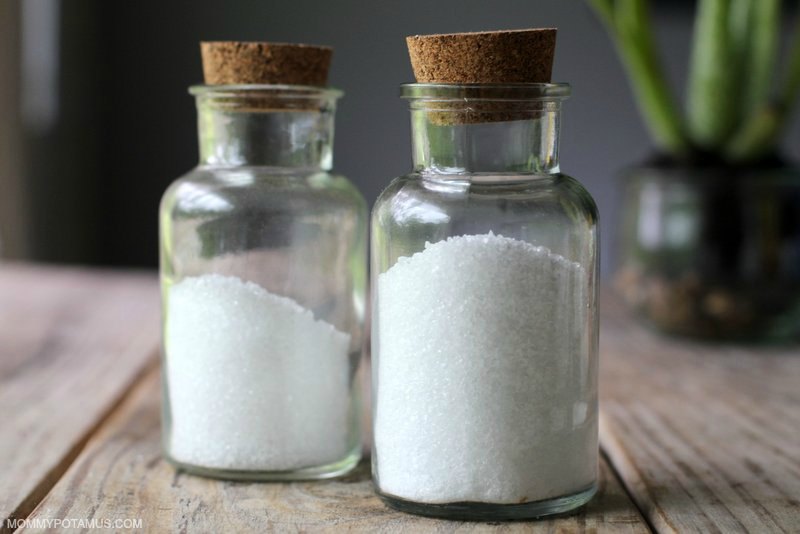
Epsom Salt
Taz Bhatia, MD, founder and medical director of the Atlanta Center for Holistic and Integrative Medicine, recommends topically applying epsom salt to reduce irritation. (13) Though she didn’t mention it, I know a lot of people who are sensitive to epsom salts use magnesium chloride instead.
To use: “Dissolve 2 tablespoons of Epsom salt in 1 cup of water in a spray bottle, and then spray the mixture on the sunburn.” (13) Another option is to add 1-2 cups of epsom salt/magnesium chloride to a tepid or cool bath. You could add a bit of lavender essential oil, too, if desired.
Here’s my favorite homemade bath salts recipe that incorporates lavender.
Calendula
Flavonoid-rich petals from the calendula flower have used in traditional medicine to soothe burns, cuts, bruises, etc. Several modern studies, including this one, have found it can be helpful in supporting burn healing.
How to use it: The University of Maryland Medical Center recommends calendula “as an ointment or a tea applied topically. To make tea from tincture, use 1/2 to 1 tsp. diluted in 1/4 cup water. You can also steep 1 tsp. of flowers in one cup of boiling water for 15 minutes, then strain and cool. Test skin first for any allergic reaction.” (14)
Another option is to use a calendula infused oil like this one. Before you get started, though, see the section on coconut oil below for a caveat on using oil-based remedies.
Turmeric Paste
This study found that turmeric paste has properties similar to honey in supporting wound healing. According to Herbal Medicine: Biomolecular and Clinical Aspects, “Many South Asian countries use it as an antiseptic for cuts, burns, and bruises, and as an antibacterial agent.” (15)
How to use it: Mix turmeric with water, milk, or aloe vera until it forms a paste. Gently apply to skin and allow to sit for 15-20 minutes. Rinse and pat dry.
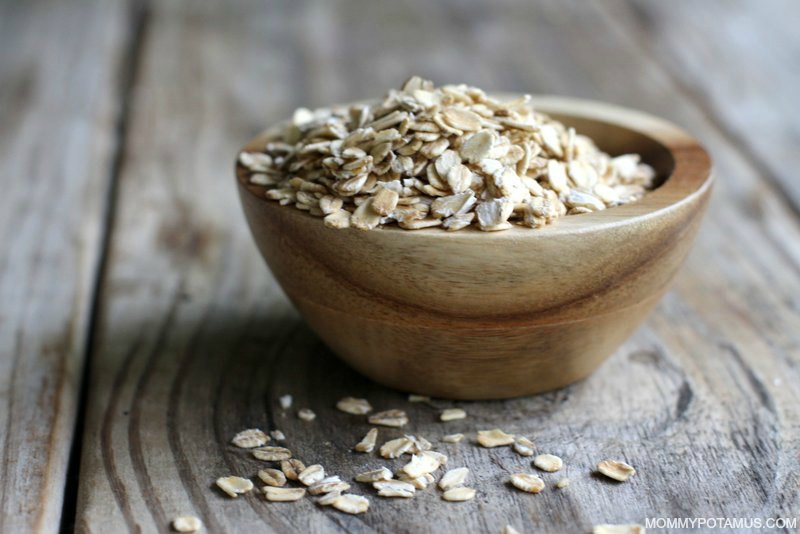
Oatmeal
Soaking in a cool oatmeal bath can soothe skin and help with itching, says Patricia K. Farris, M.D., professor of dermatology at Tulane University in New Orleans. (16)
How to use: Grind one cup of oatmeal in a food processor or coffee grinder. Add to a tepid bath and soak for 15-20 minutes. If sensitive to gluten, make sure to use gluten-free oatmeal.
Coconut Oil, Shea Butter, Etc. (With a caveat)
While usually considered beneficial, moisturizers like coconut oil and shea butter can trap heat and delay healing for sunburned skin. It’s generally recommended that they be avoided until the skin is cool and healing is underway, although a small amount of oil used to dilute essential oils may be appropriate.
After the skin has cooled they are considered helpful for restoring lost moisture.
Sunburn Prevention Strategies
Of course, the best sunburn remedy is actually sun protection and prevention. Here’s what I do with my family:
- For most outdoor activities, I prefer to protect our skin from excessive UV rays by using a cover up or other protective clothing like hats and rash guards.
- We also make sure to find shade whenever possible. When it’s not, we bring it with us in the form of a tent or canopy.
- We also use a mineral-based sunscreenwhen we’re going to be out in the sun longer than usual and shade is not an option. (This has happened on long boat rides.)
Do you have a favorite remedy for sunburn relief? Please share it in the comments below!
Want more research-backed natural remedies?
No problem, I’ve created a free ebook for you – Kitchen Apothecary: 25+ Natural Remedies Using Ingredients From Your Pantry – as a gift for signing up for my newsletter. You’ll also get updates when I post about safe essential oils for pregnant/breastfeeding mamas, exclusive gifts and coupons (I was able to give away a jar of free coconut oil to anyone who wanted it recently!), plus other goodies.
Sign up using the form below.
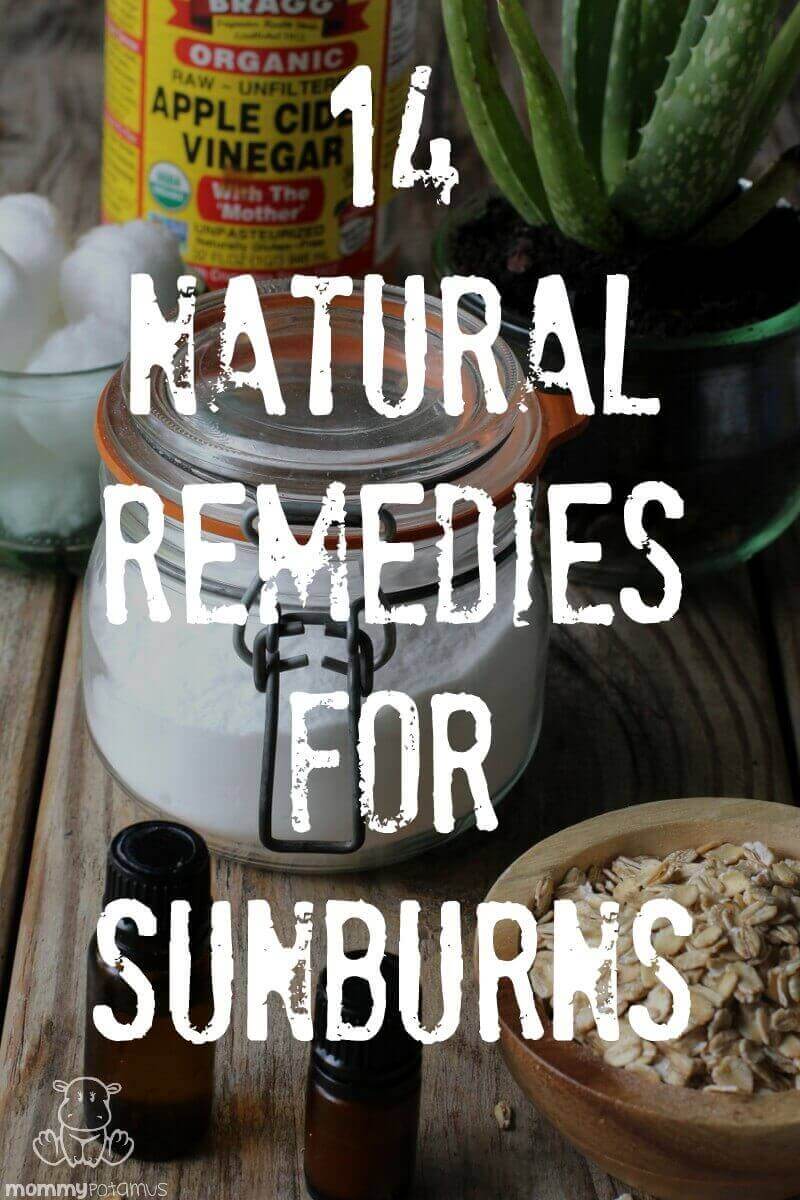
Sources:
1. Texas A&M University. (2002) Examining The Healing Mystery Of Aloe. ScienceDaily.
2. World Health Organization (1999) Aloe Vera Gel
3. Parents.com. 10 Natural Remedies for Sunburns
4. WebMD. Witch Hazel: Uses & Risks
5. Ashraff, Waleed A. (2012) Early Event In Effect of Apple Cider Vinegar on the Induced Burn Healing In Rats
6. Purchon, Nerys and Cantele, Lora (2014) The Complete Aromatherapy and Essential Oils Handbook for Everyday Wellness.
7. Battaglia, Salvadore (2004) Complete Guide to Aromatherapy.
8. Duke, James A. (2000) The Green Pharmacy Herbal Handbook: Your Comprehensive Reference to the Best Herbs for Healing.
9. Prevention (1995) New Choices in Natural Healing.
10. Seattle Children’s Hospital. Sunburn
11. Villasenor, Irene (2007) Bioactivities of Iridoids
12. Drugs.com. Plantago Uses & Benefits
13. Grumman Bender, Rachel. 8 Surprising Beauty Uses for Epsom Salt
14. Penn State Medical Center. Burns
15. Prasad, Sahdeo and Aggarwal, Bharat B. (2001) Herbal Medicine: Biomolecular and Clinical Aspects. 2nd edition.
16. Barton Health. Soothing That Sunburn


